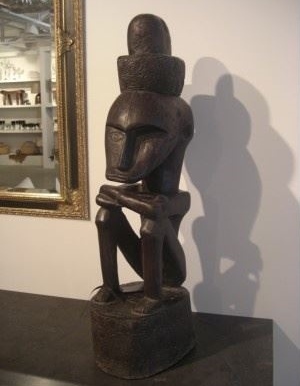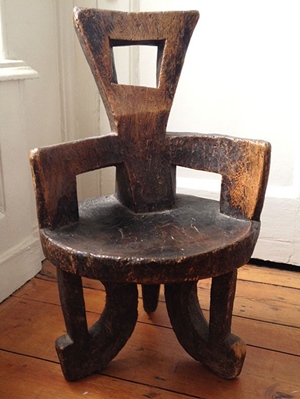 So, you’ve decided to start collecting valuable items like antiques, gemstones, rare coins, stamps, war medals…
So, you’ve decided to start collecting valuable items like antiques, gemstones, rare coins, stamps, war medals…
You have done your maths. You know the price of the things you want and you are ready to pay for them.
However… Have you stopped to reflect on the true cost of collecting really valuable items?
We are talking about the insurance. That is a continuous expense that collectors do not always budget for.
For a really valuable collection, it is not enough to lump it into the household content insurance. You would need to either mention your collection specifically, or to take out a separate policy.
You also need to keep track of any changes in the value of your collection (and those can be quite dramatic) and update your policy accordingly.
Sometimes, a collector can reach the point when insurance premiums become simply too high. In a case like that, it is usually better to sell a few pieces and properly insure the ones you can afford to keep, than to forego insurance altogether. Just think about the financial loss you stand to suffer if something happens to your collection, be it a natural disaster, theft, or accidental damage.

Here are some tit-bits we collected from various insurance offers, just to give you a general idea:

- Underinsurance and non-disclosure are the most persistent short term insurance pitfalls.
- Know the value of your collection. Some collectibles increase in value over time… but not all do.
- Some companies will insure collections without imposing a policy excess.
- Typically, an art insurer will charge you 0.3% of the value of the work per year.
- If you buy KrugerRands from participating companies, you may opt to keep your purchase on their premises at a nominal fee, which is as a rule much lower than insurance premiums you’d be paying.
In South Africa, most claims on works of art arise from physical damage during transportation of the work and from theft of the work, so take note!










